Are Fat Tire Electric Bikes Harder to Ride?

Bicycle tires are used to either roll swiftly or absorb stress by using a thin layer of air. It is more difficult to pedal with fat tires since they use a lot of air. On snow and ice, fat tire electric bicycles are designed to be ridden. Because they have wide tires, they are easy to cycle on paved areas. Are fat tire E-bikes harder to pedal? Is the question.
What the Myth Says: Are Fat Tire E-Bikes Harder to Pedal?
As a rider, I frequently get inquiries about different bike models and how well they function. If fat tire electric bikes are more difficult to pedal than standard bikes is one question that is commonly asked. We shall investigate the reality behind this widespread myth in this chapter.
Understanding the features of fat tire electric bikes is crucial to answering this issue. As opposed to the narrower tires seen on conventional bikes, these bicycles have wider tires, often ranging from 3.8 to 5 inches. The wider tires have a number of benefits, including better stability, traction, and the ability to ride on a variety of surfaces.
First and foremost, it's important to say that fat tire e-bikes are not necessarily more difficult to pedal. The main causes of pedaling difficulty are weight, tire pressure, and the surface being traveled. Despite the fact that fat tire e-bikes typically weigh more than their conventional counterparts due to their wider tires and occasionally beefier frames, the weight of the bike rather than the tire width is what adds to the extra pedaling effort.
Tire resistance
Fat tire electric bikes may require a little bit more effort to pedal when riding on paved terrain due to their greater rolling resistance. Wider tires have a bigger area of contact with the ground, which increases friction. You could feel as though you need to push the bike forward with extra effort as a result. The benefits of a fat tire electric bicycle can be enjoyed on a variety of surfaces despite this difference, which is frequently insignificant.
Unpaved areas like snow, sand, or loose mud are where fat tire e-bikes really shine. The bike can negotiate difficult circumstances more successfully thanks to the bigger tires' improved traction and flotation. In such circumstances, pedaling on fat tire electric bicycles may actually be simpler than on standard cycles. A less chance of sinking into soft ground or losing traction on slick surfaces results from the higher surface area of the tires, which distributes the rider's weight over a wider area. The somewhat increased effort needed when driving on pavement can be offset by the improved stability and control.
Riding style
It's crucial to understand that a rider's strength, degree of fitness, and riding style can all affect how challenging a fat tire electric bike is to pedal. Others may prefer the economy of narrower tires on smooth terrain, while some riders may feel the extra work needed to pedal a fat tire e-bike to be a worthwhile trade-off given the advantages it offers.
Are Fat Tire Electric Bikes Safe For Road Use?
While electric fat tire e-bikes perform well on a variety of surfaces, their performance on paved surfaces might vary. With their wider tires and sturdy structure, fat tire e-bikes are not specifically made for the best performance on paved surfaces. However, depending on your preferences and the particular circumstances, they can still be appropriate for road riding. Fat tires have more stability and traction, so they can handle uneven or difficult road surfaces with less difficulty.
Fat tire electric bikes are a practical option for commuting or riding on roads that may have potholes or gravel sections due to their durability and adaptability. However, fat tire e-bikes may be less maneuverable than their lighter, narrower-tire equivalents, particularly in confined areas or when making abrupt bends. This is because to their added weight and larger profile.
Fat e-bike tires: Are they better?
Compared to conventional bike tires, fat tires have unique characteristics that make them more suitable for particular conditions. The main benefit of fat electric bike tires is their breadth, which offers improved traction on a range of difficult terrain. The bigger tires offer improved grip and stability, helping you to maneuver with confidence whether you're riding on snowy trails, muddy roads, or other slick surfaces. The increased size of fat bike tires also enhances their performance. The tires can cover more territory with each pedal stroke thanks to the larger surface area in contact with the ground. With a larger contact patch, you have more grip and less rolling resistance, which means it takes less effort to move the bike ahead.
Fat Tire E-Bikes: Are They Too Heavy?
The bigger tires that fat tire electric bicycles utilize are mostly to blame for their weight, which may be heavier than some other types of bikes. Riders can navigate challenging terrain more readily thanks to the additional grip and stability provided by fat bike tires' higher surface area. It's crucial to remember that fat tire bikes' extra weight adds to their strength and adaptability.
Even though it could take a little more work to pedal with the extra weight, it is not always a problem, especially when going off-road or in bad weather. Fat tire bikes are a good choice for adventurous riders seeking the best performance in a variety of terrains since the advantages of improved traction and the ability to cover more land with each pedal stroke frequently outweigh the modest weight gain.
Is Riding A Bike With Fat Tires Easier?
Fat tire e-bikes' broader tire profiles provide a bigger contact patch with the ground, which enhances balance and traction. The general comfort and simplicity of riding are further improved by the fat tires' capacity to absorb shocks and vibrations. It also lessen the chance of losing traction on slick conditions or sinking into soft surfaces, which results in a smoother and more controlled riding experience.
Why Do People Ride Fat Tire E-Bikes?
There are several convincing reasons why e-bikes with fat tires have become more popular. The large tires are less likely to "flop" over at the bottom of the wheel, this stability is especially helpful while making tight turns. Second, the increased grip provided by fat tires enables riders to maneuver over surfaces that are generally difficult for regular bikes. The opportunities for bicycle experiences in many locales are increased by this adaptability.
Fat tires' distinctive design makes them efficient shock and bump absorbers, providing a plush and cushioned ride even on unforgiving terrain. Additionally, because of the bigger tires, which help to reduce mud and water splashes, fat tire e-bikes are a useful option for people who live in rainy climates or must use their bicycles outside in bad weather.
BONUS
The HiPEAK BONA 48V Step-Over Folding Fat Tire Electric Bike is unquestionably something to take into consideration if you're looking for a versatile and potent electric bike. This foldable electric bike has a powerful 750W engine, which offers enough power for an exhilarating and effective ride. Longer trips and the convenience of a persistent battery life are both possible with a 48V 15Ah battery capacity. The bike is a Class 2/3 speed, providing the ideal combination of control and speed.
You can travel far and wide without being concerned about running out of battery thanks to the outstanding range of 60 miles. It takes about 5-7 hours to fully charge the battery, so you can spend more time exploring rather than waiting. This electric bike can also support a variety of riders and their equipment thanks to its maximum load capacity of 350 lbs.
Conclusion
Fat tire electric bikes are not intrinsically more difficult to pedal than standard cycles, and many riders prefer them because of their benefits in terms of stability, traction, comfort, and versatility. In the end, your personal tastes and preferred riding circumstances should determine whether you choose a electric fat tire bike or a conventional cycle.

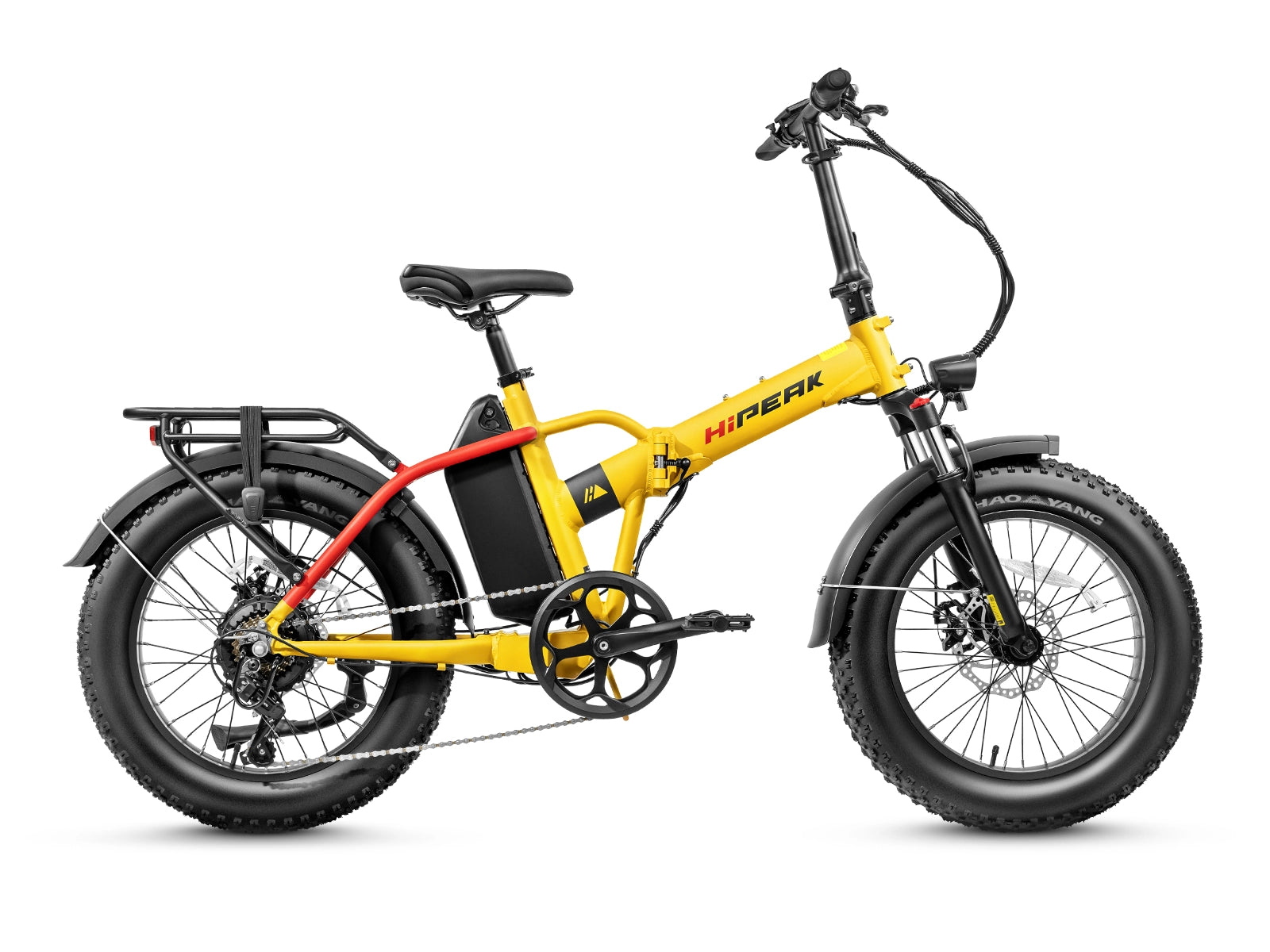
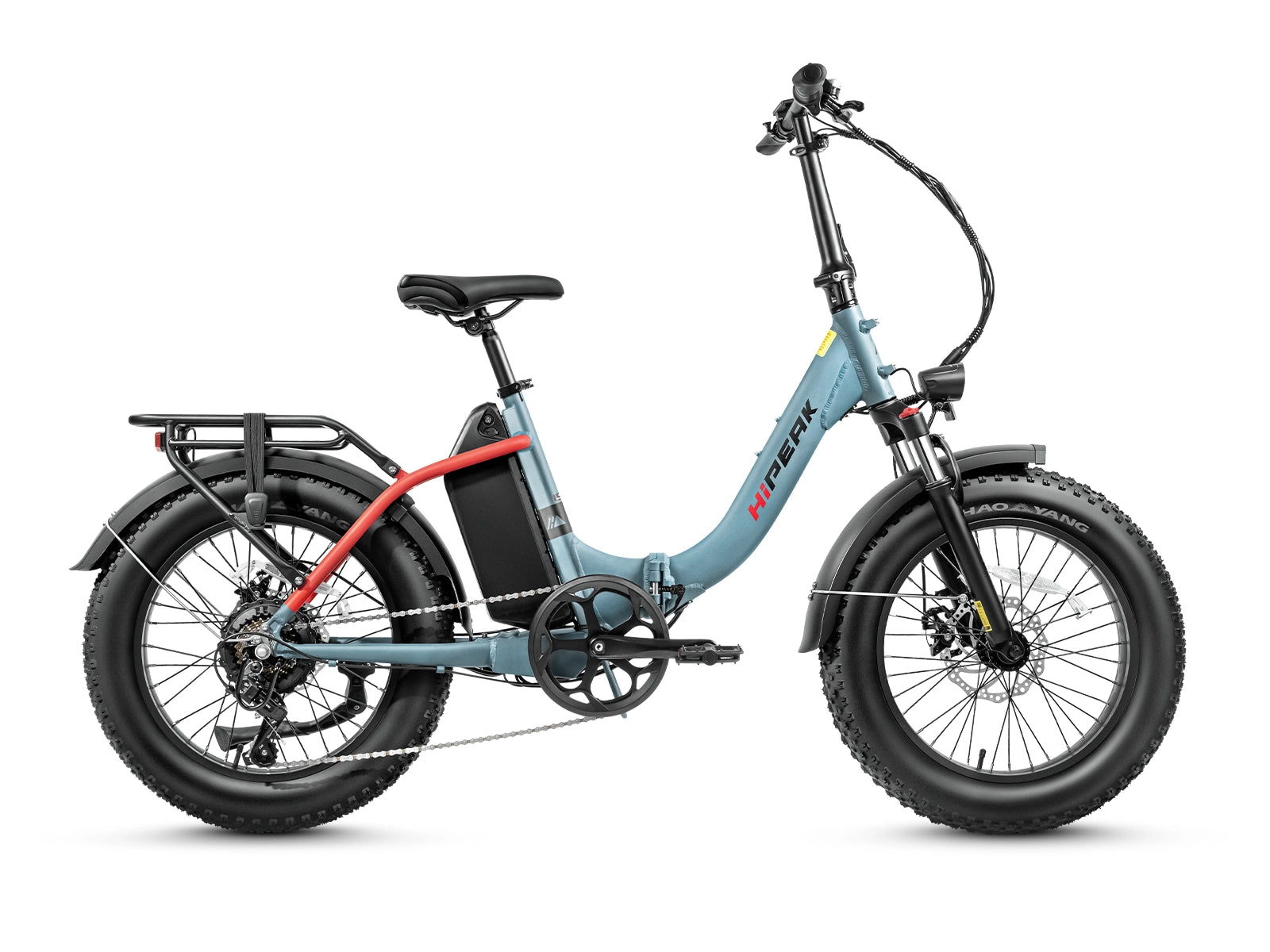
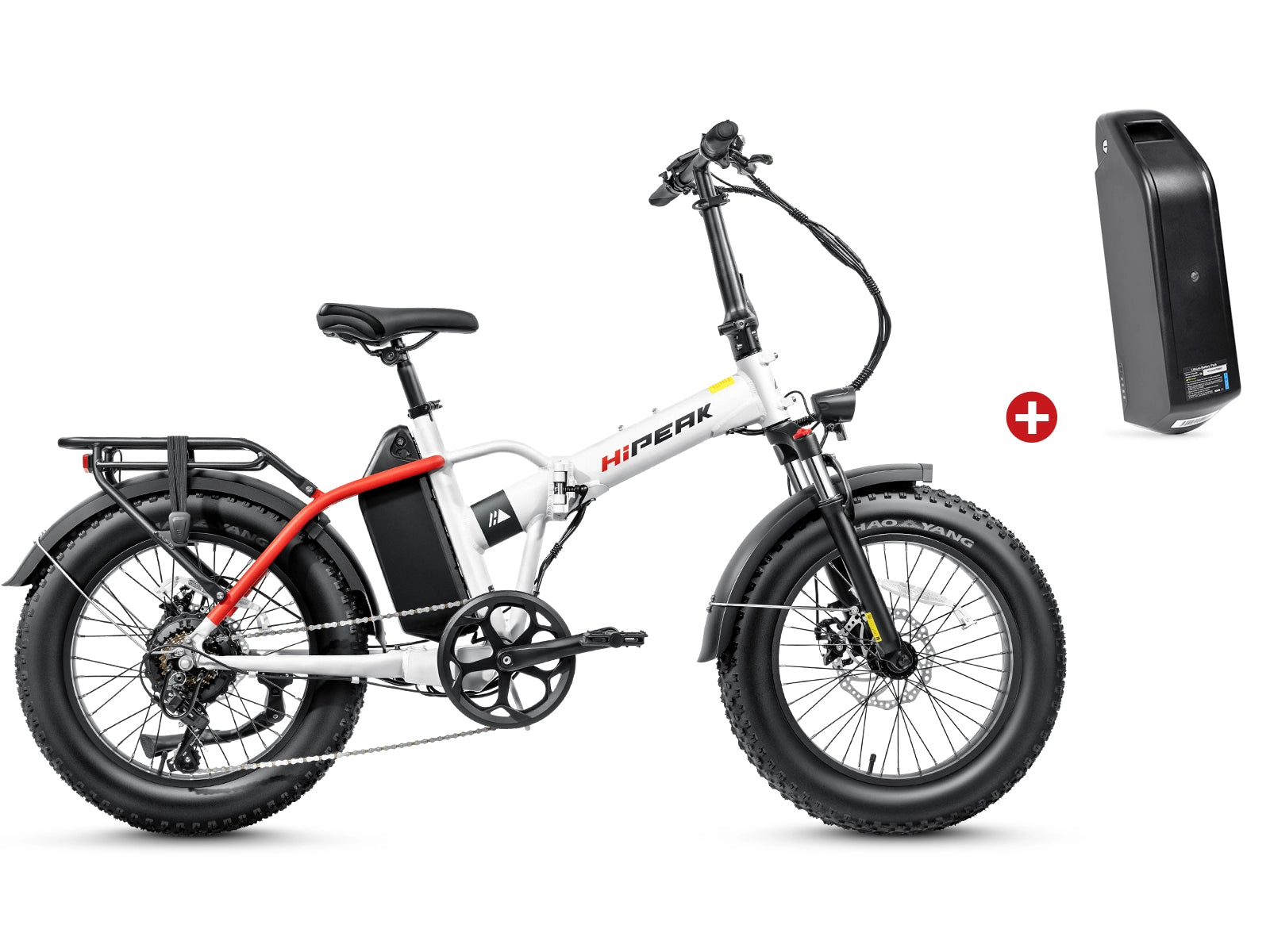
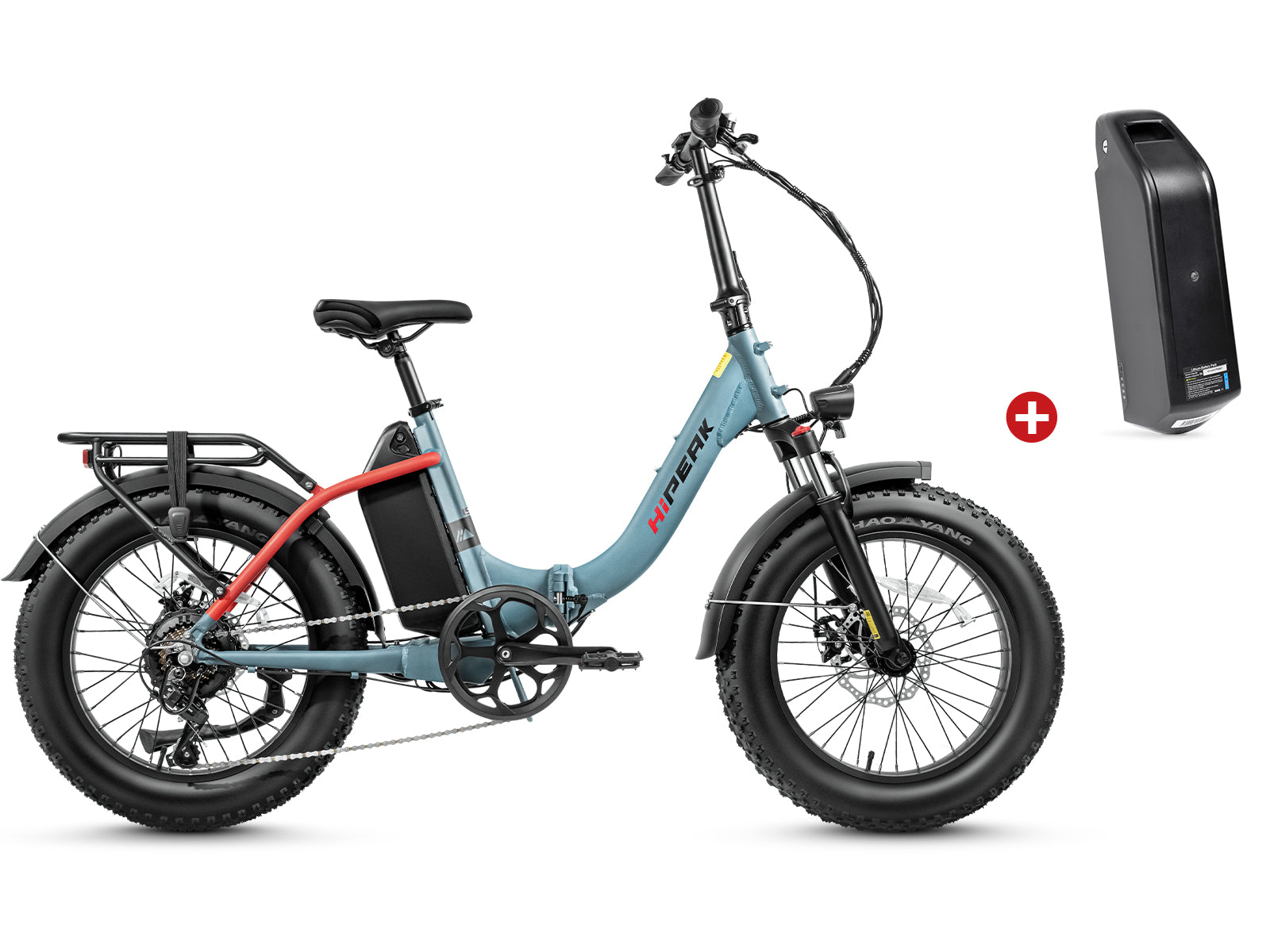
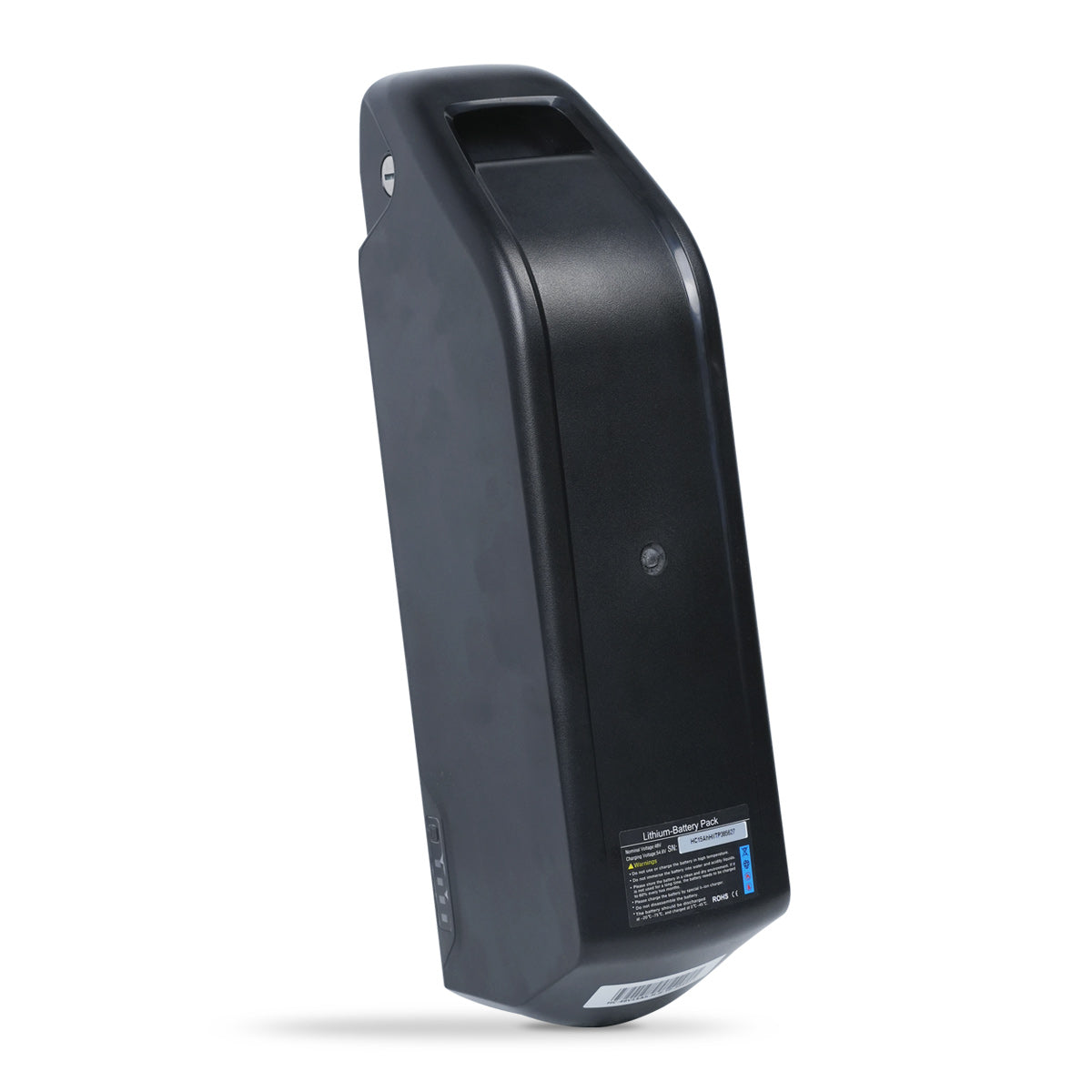
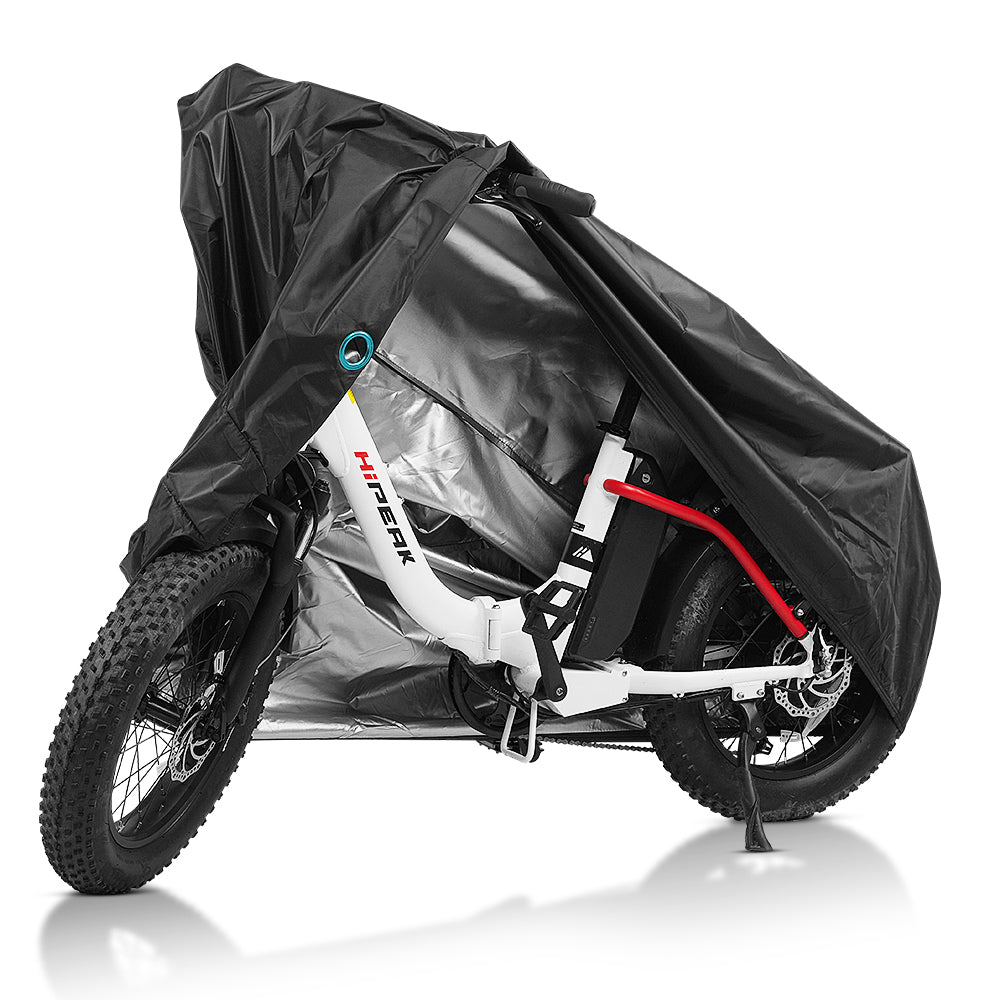
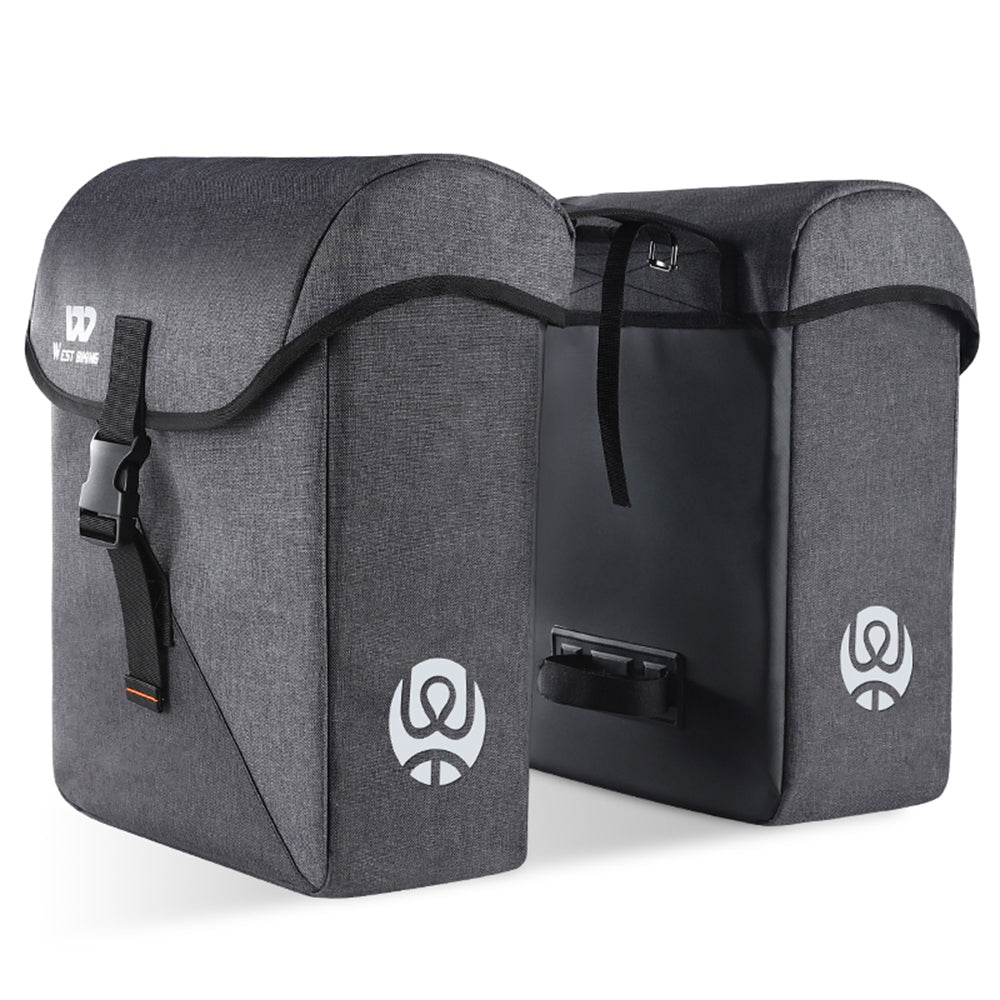
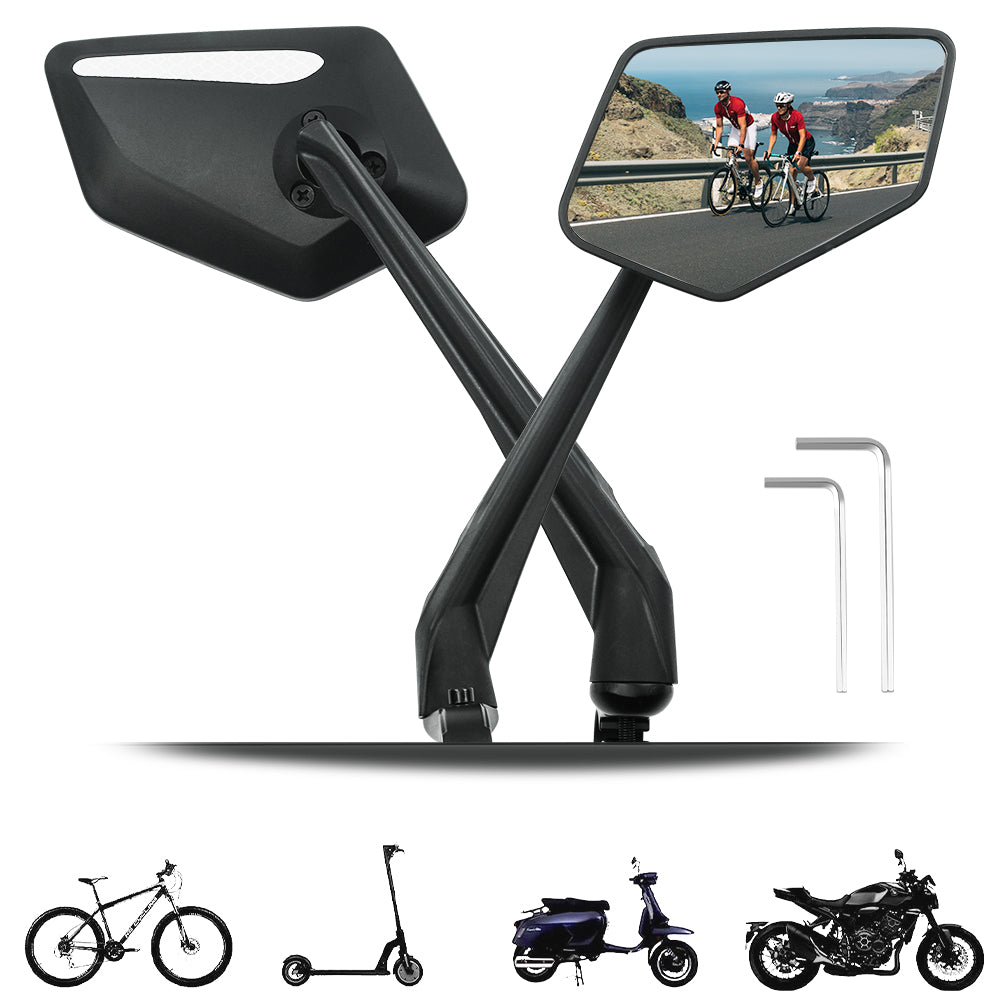
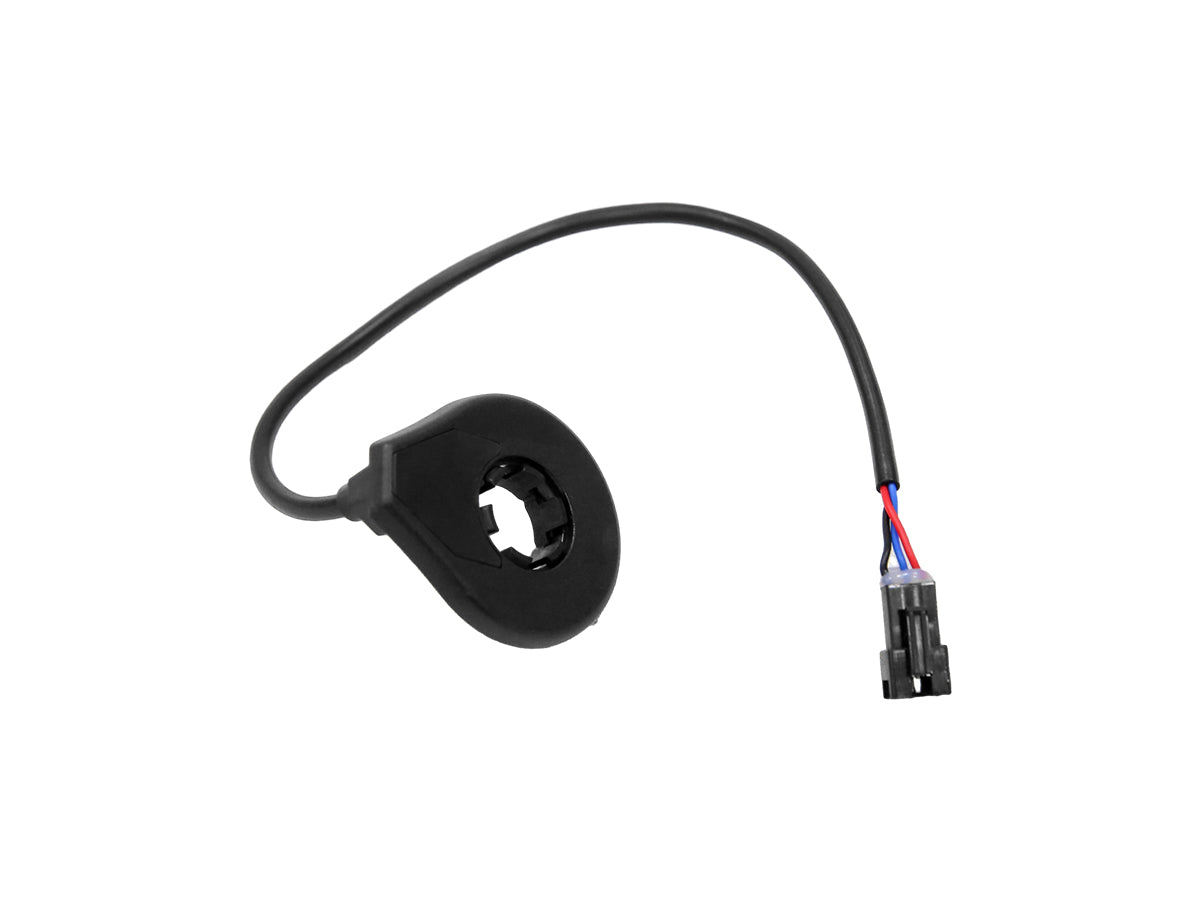
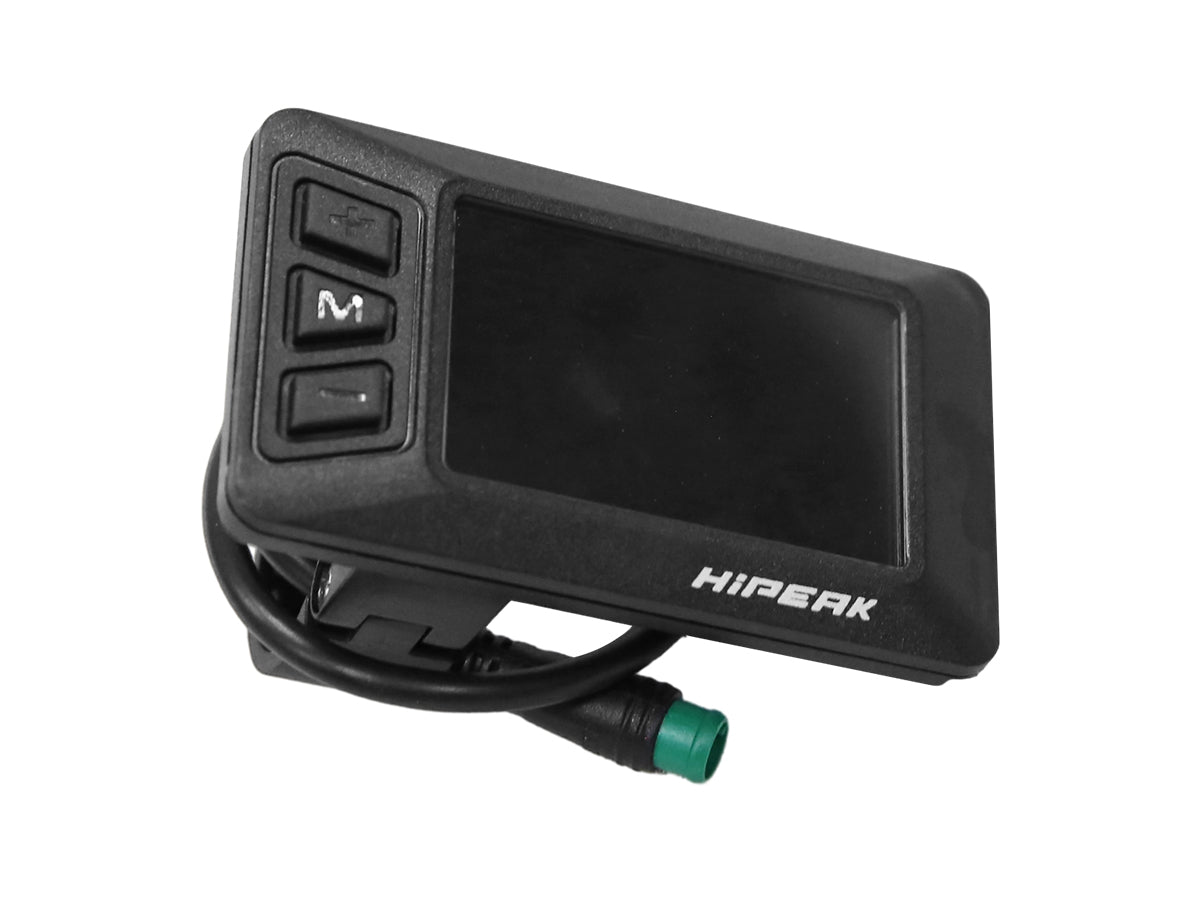
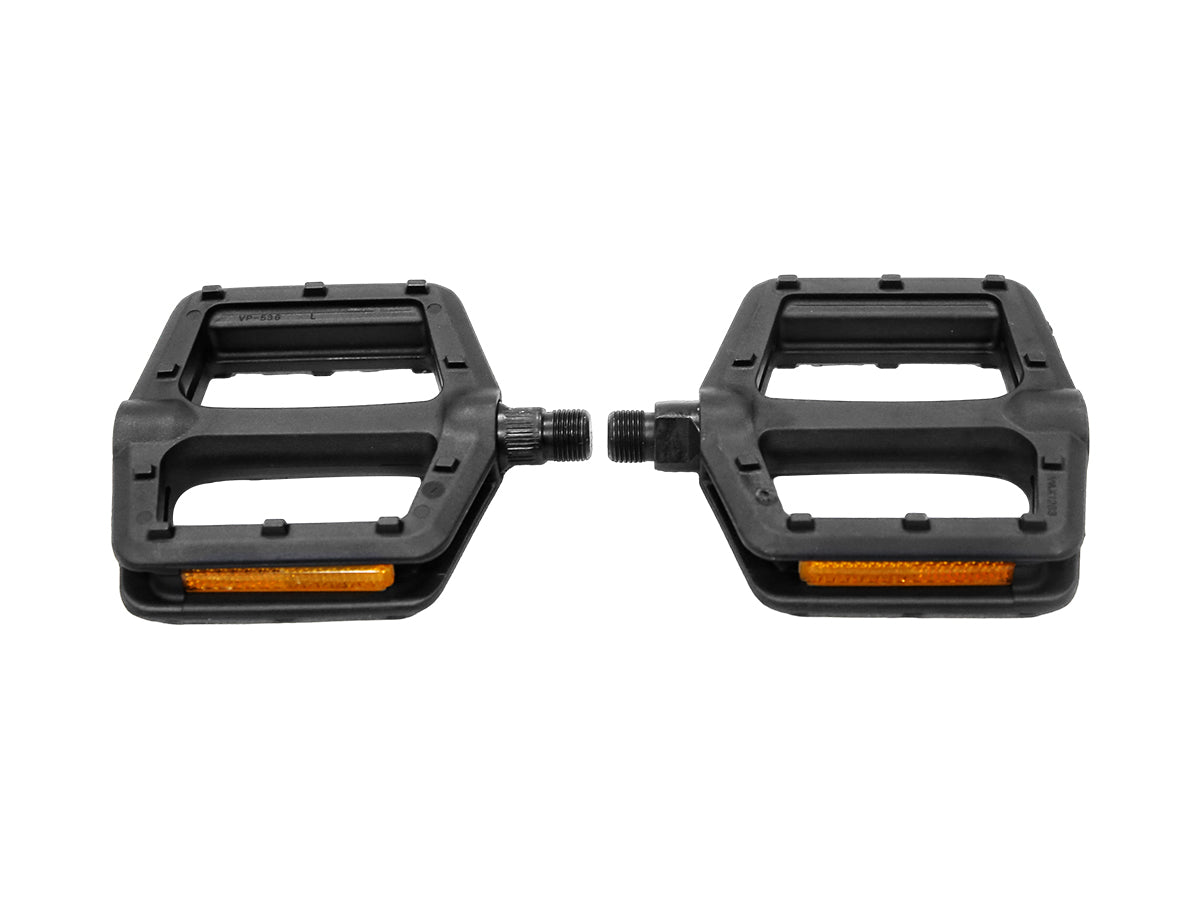
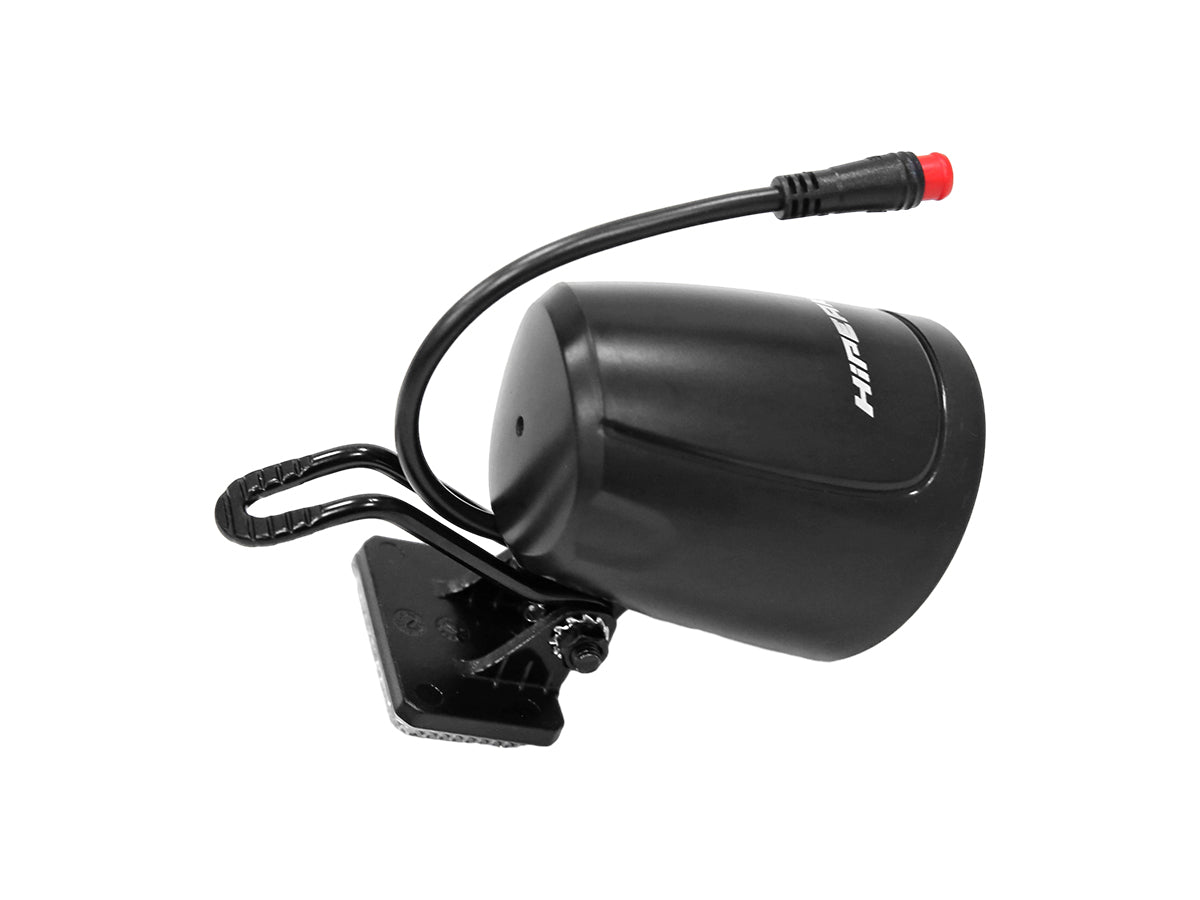








Leave a comment